There can be no equity in education without first providing parity in the condition of physical learning environments
By Kendra McQuilton, CEO at Energia
The pandemic has brought into sharp relief the massive disparity between “have” and “have not” districts for students, parents, educators and administrators. Differences exist between access to learning resources, staffing, technology and mental wellness counseling, just to name a few.
As the nation recovers its footing, however, a glaring inequity remains in the level of public school district facility infrastructure conditions among school districts based on their locations.
A clean, safe, and healthy physical learning environment shouldn’t be dependent on a student’s demography or zip code.
The 2021 State of our Schools report produced by IWBI demonstrates that low-income, minority and rural students are “most likely to attend underfunded school facilities.” In her foreword to the report, Risa Lavizzo-Mourey, President Emertia and former CEO of the Robert Wood Johnson Foundation states, “With the success of future generations at stake, state-of-the-art buildings should be the norm. We cannot achieve true health equity for our youth in decaying schools, and yet when it comes to updating our educational infrastructure, the U.S. is lagging behind – with our children paying the price.”
We most often consider educational equity in the programs and services offered to students. In fact, the team at Positive Action (https://www.positiveaction.net/), a leading SEL program for Pre K-12, defines equity in education as, “the process of reforming practices, policies, and procedures at the school and district levels to support academic fairness and inclusion. This ensures every child has everything they need to be successful, like resources, teachers, and interventions.”
This is a terrific definition, as far as it goes, but as stated earlier – what kind of equity in education can exist without a literal equity in providing a clean, safe, and healthy physical learning environment? Energia believes that all children should attend a well-maintained school.
Today the divide is growing, as many urban school districts experience a decline in enrollment. As enrollment decreases, so does district funding, making it difficult to implement needed school improvements. The “solution” of simply increasing taxes for education capital projects can be detrimental to families, especially in poorer communities. However, when schools are provided with a method for reinvesting district energy savings into deteriorating buildings that have been historically neglected, students from all backgrounds are able to thrive.
Providing an opportunity to create energy-efficient buildings and capturing the saved funds to convert legacy buildings or build new world-class facilities to benefit students and your community is Energia’s goal.
Energia collaborates with administrators to best explain complex energy-savings initiatives, energy retrofits, and energy performance contract programs. We manage the financial ecosystem of energy projects, energy services companies (ESCOs), compliance with energy performance contract statutes, federal and state funding, and utility rebates.
In doing so, we capture the best cost savings possible so that students can experience a healthy, safe, and comfortable environment that promotes access to impactful learning – independent of zip code.
